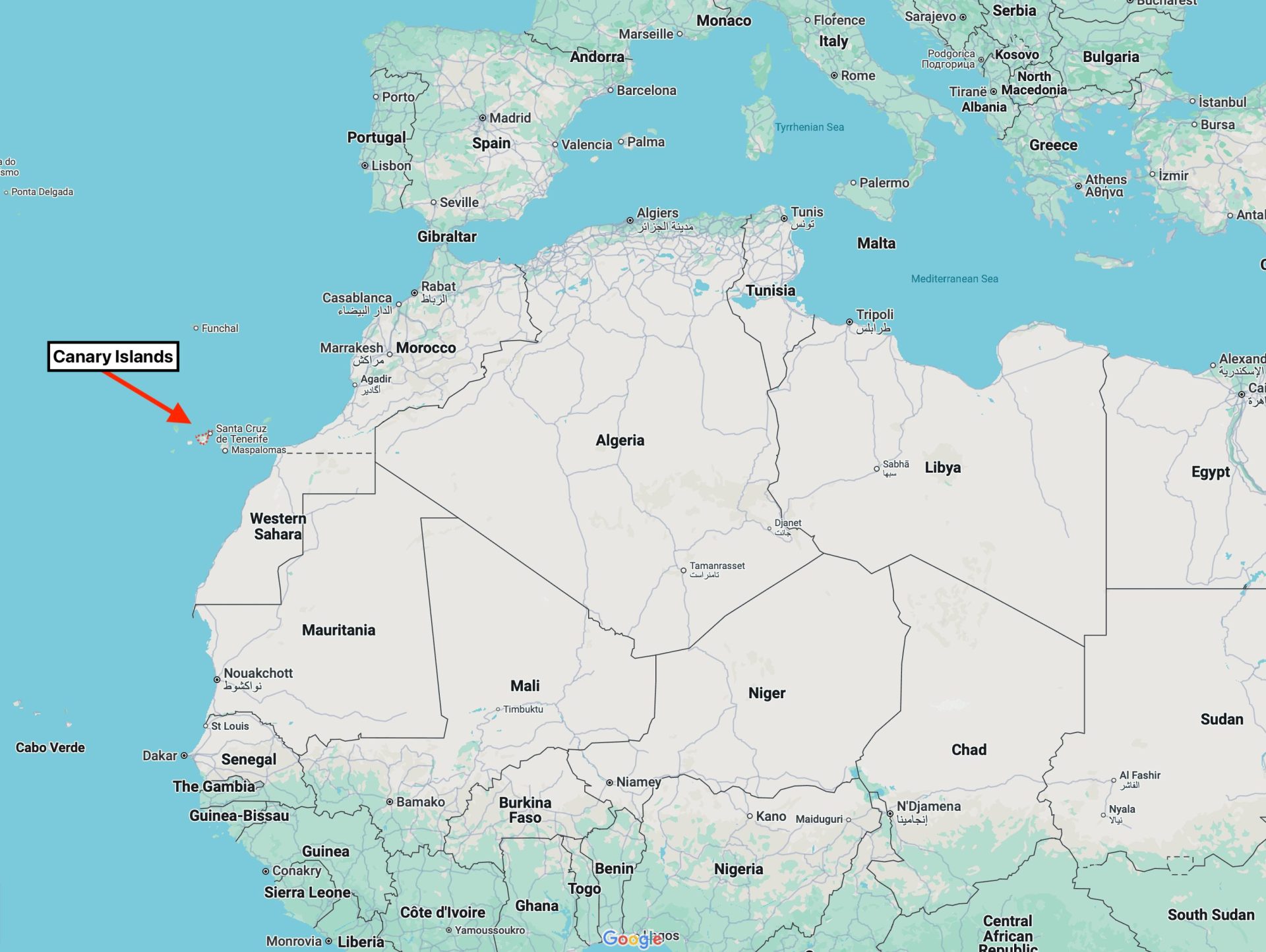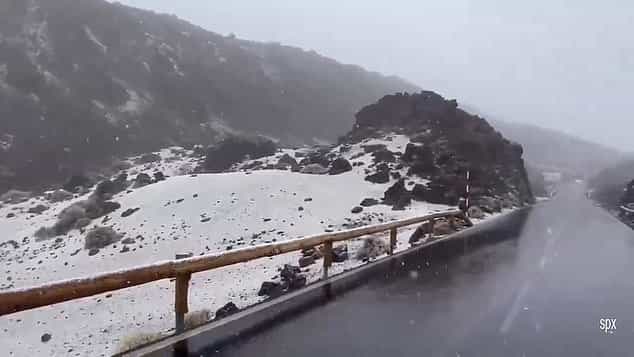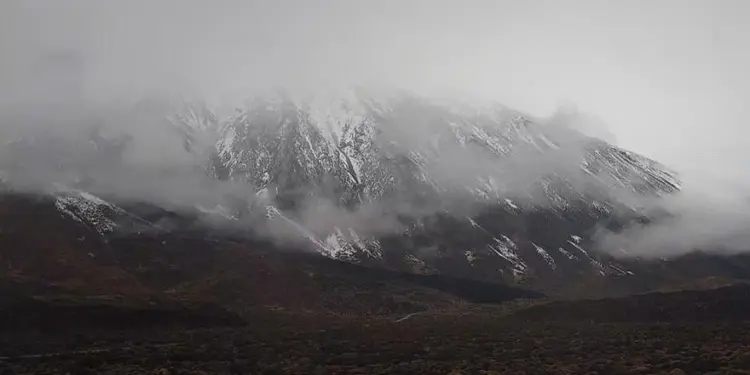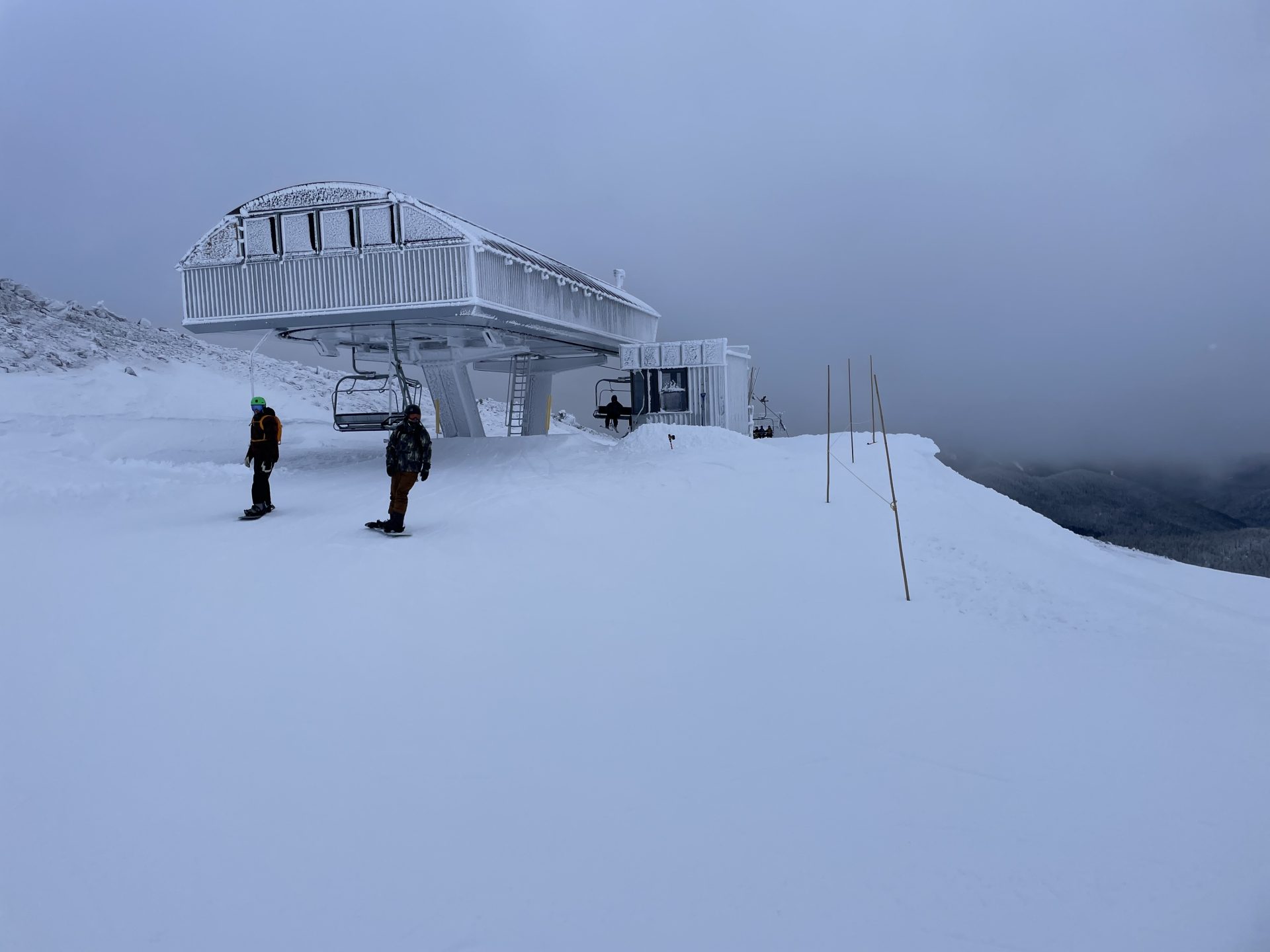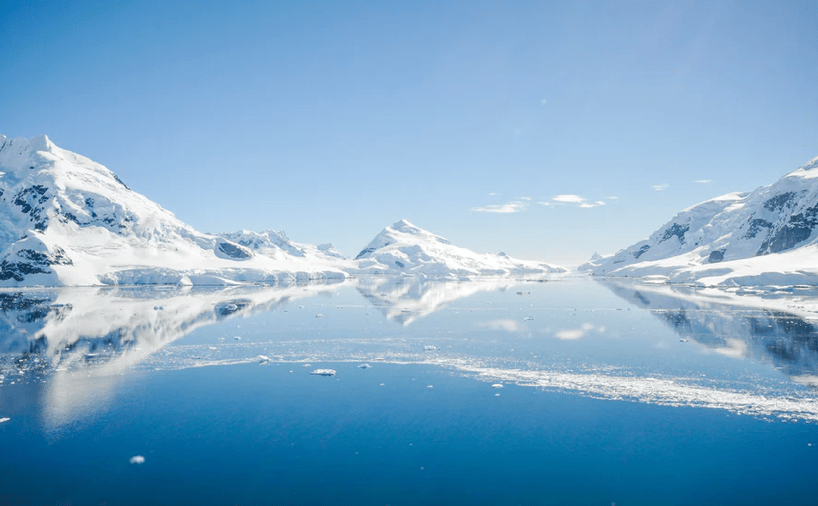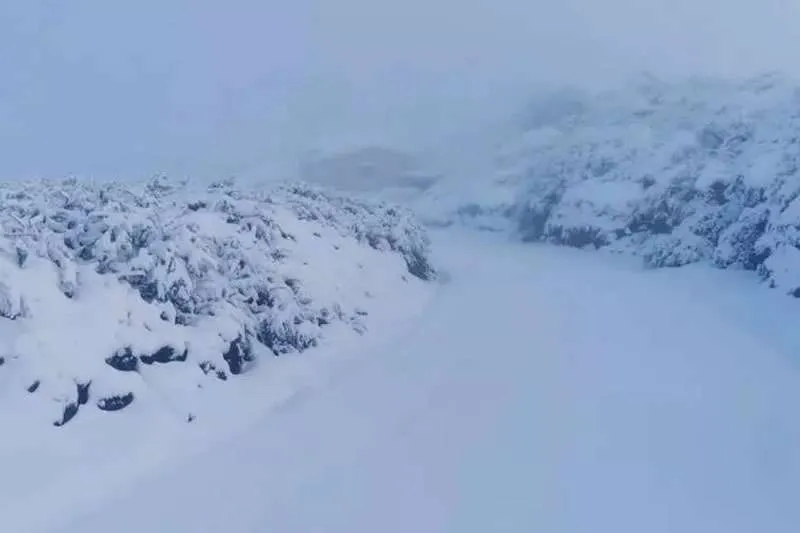
The Canary Islands, typically known for their subtropical climate, experienced a rare snow this week as white blanketed higher elevations following severe flooding.
Just days after torrential rains caused flash floods that swept through towns on Gran Canaria, the Teide National Park in Tenerife saw its iconic volcano, Mount Teide, covered in snow. The unusual weather has been attributed to a high-altitude isolated depression known as DANA, prompting authorities to issue weather alerts and safety advisories across the archipelago.
Alegría por estas precipitaciones en forma de nieve que está dejando la DANA en la cumbre de Tenerife. Las Cañadas del Teide se tiñen de blanco también en Carnaval!!!
️❄️✨️✨❄️️ pic.twitter.com/nW0Ox3eNF8— Ángel Mallorquín (@angelmallorquin) March 3, 2025
“Snowfall may take the form of showers and could be locally heavy,” Spain’s national weather agency, Aemet, stated, forecasting up to four centimeters (just under two inches) of snow in elevated areas. Yellow warnings for snow were issued for Tenerife and La Palma.
Access to Teide National Park remains closed due to icy road conditions.
La anunciada DANA en pleno Carnaval ha dejado lluvias en todas las islas y una ligera nevada este domingo en el Roque de Los Muchachos y el Parque Nacional del Teide (️vídeo del Cabildo tinerfeño) https://t.co/i8VOjDSyRf
#dana #nieve #canarias #tenerife #aemet #teide pic.twitter.com/8GQw9amZCd— Planeta Canario (@planeta_canario) March 2, 2025
The recent flooding caused significant disruption, with streets turning into rivers and cars being swept away.
A “state of pre-alert” was issued across the Canary Islands on Saturday as the heavy rainfall began. Cleanup efforts are underway in the most affected areas, with residents working to clear mud from streets and homes.
The weather agency forecasts continued instability through Tuesday but anticipates conditions will improve by Wednesday.
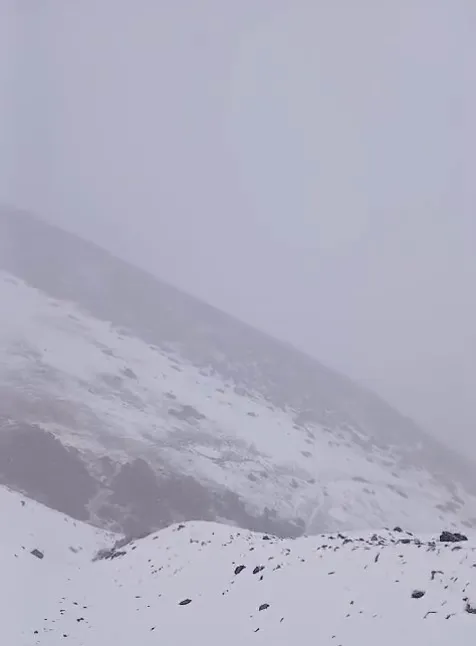
The Canary Islands are an autonomous community of Spain, located in the Atlantic Ocean approximately 93 miles off the northwest coast of Africa. This archipelago consists of seven islands: Tenerife, Gran Canaria, La Palma, La Gomera, El Hierro, Fuerteventura, and Lanzarote. The islands are volcanic, with diverse landscapes ranging from rugged cliffs to subtropical forests. The climate is Mediterranean, characterized by mild winters and dry, warm summers, with temperatures generally between 18°C and 24°C throughout the year. The average winter temperatures in the Canary Islands range from about 15°C to 20°C (59°F to 68°F), with average highs around 20°C to 21°C (68°F to 70°F) in January, the coldest month. The islands experience mild winters, making them a popular destination. The temperature can vary slightly between the islands, with the northern parts generally being cooler and receiving more rainfall than the southern parts.
